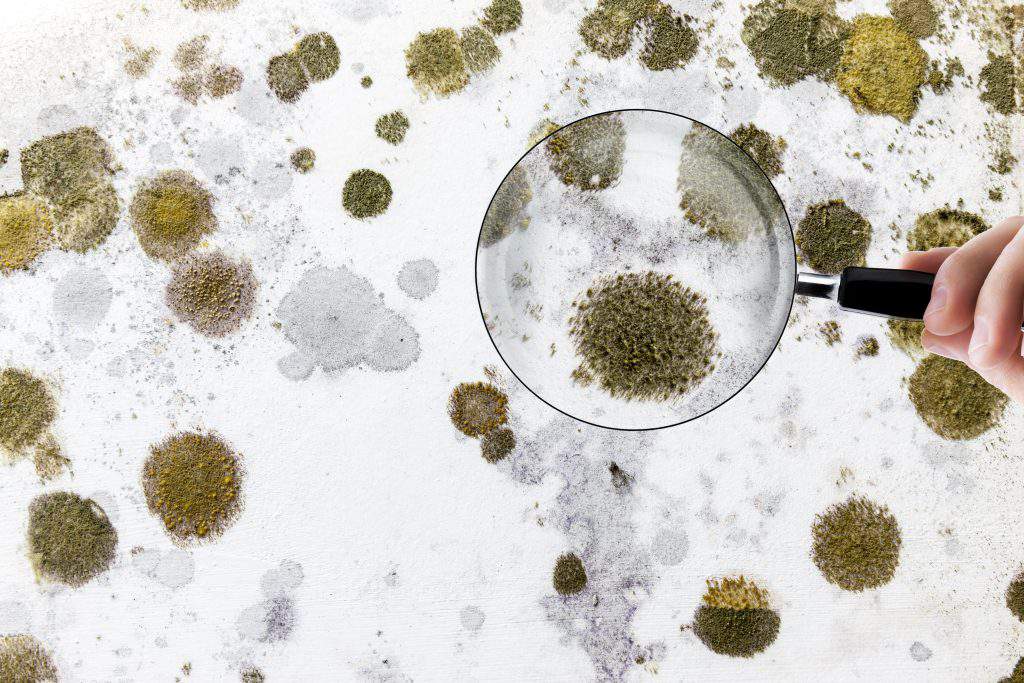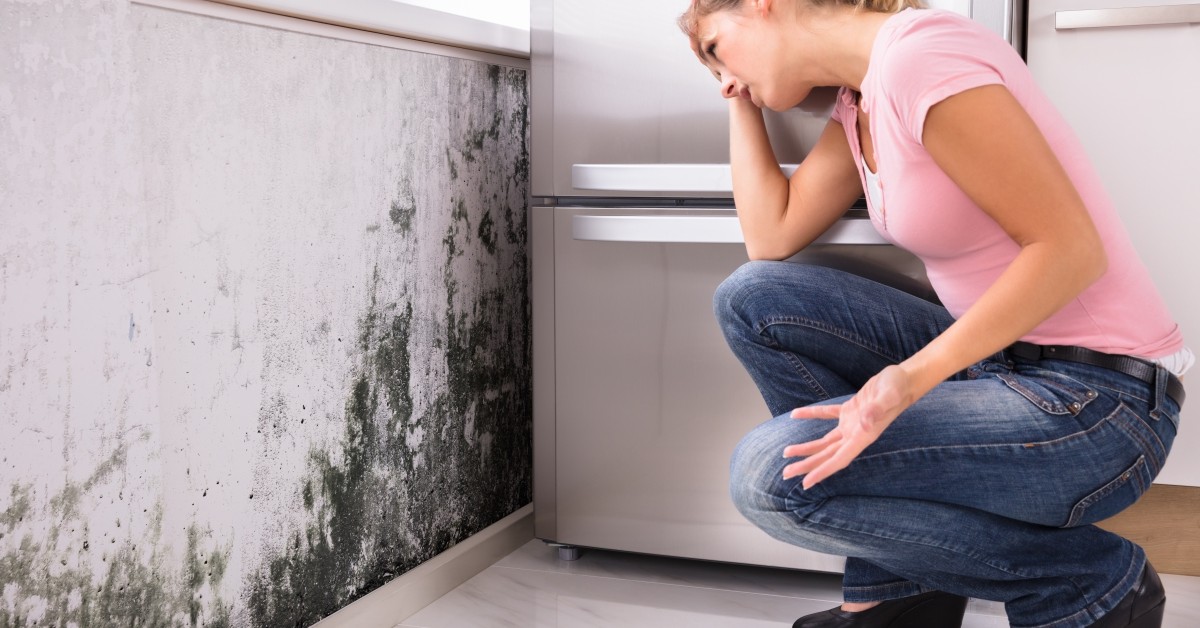Guidance on What to Do After Mold Remediation
Guidance on What to Do After Mold Remediation
Blog Article
Effective Blog Post Mold And Mildew Removal Solutions for Your Home
Mold and mildew growth in homes can be a relentless problem, commonly requiring an organized strategy for reliable post-remediation services. From recognizing the elements that contribute to mold and mildew advancement to executing proper cleaning strategies and dampness control measures, the process can be intricate yet critical for preserving a healthy living atmosphere. In addition, exploring natural removal solutions and establishing a regular for recurring upkeep are crucial parts of a comprehensive mold removal method. As house owners strive to deal with mold worries, finding one of the most efficient options comes to be critical for the well-being of their families.
Understanding Mold Development Factors
Mold growth is affected by a variety of aspects that are essential to comprehend in order to efficiently resolve and avoid its proliferation. Recognizing these factors is essential in implementing successful mold removal approaches. The primary variable contributing to mold development is dampness. Mold spores need moisture to grow and sprout, making moist or humid atmospheres highly vulnerable to mold problems. Poor air flow can likewise bring about moisture buildup, producing an ideal breeding place for mold.

In addition, air movement and light direct exposure can impact mold and mildew growth. Areas that do not have correct air flow and all-natural light are a lot more prone to mold growth. By attending to these elements comprehensively, individuals can successfully minimize mold growth and secure their living settings.
Proper Mold And Mildew Cleaning Techniques
Making use of reliable cleaning techniques is essential in resolving and avoiding the reappearance of mold contamination in indoor environments. The first action in proper mold cleansing is to contain the afflicted location to stop the spread of spores to unpolluted locations.

Applying Moisture Control Actions
To efficiently protect against mold and mildew growth and contamination in indoor settings, executing dampness control measures is extremely important. Moisture is the main variable that fuels mold and mildew growth, making it essential to handle moisture degrees within the home. One reliable measure is to use dehumidifiers to maintain indoor humidity levels below 60%. Furthermore, ensuring proper ventilation in locations vulnerable to moisture build-up, such as kitchen areas and shower rooms, can help in reducing the threat of mold and mildew development. On a regular basis inspecting and fixing any leakages in pipes, roof coverings, or home windows is likewise important in avoiding excess moisture accumulation. Making use of exhaust followers while cooking or showering, and enabling air circulation by maintaining furnishings somewhat away from walls can help in dampness control. Additionally, using moisture-resistant materials in high-humidity areas, such as mold-resistant drywall and paints, can be advantageous. By vigilantly implementing these wetness control procedures, house owners can efficiently reduce the chance of mold recontamination and keep he said a healthy and balanced interior atmosphere.
Making Use Of All-natural Remediation Solutions
After efficiently implementing moisture control procedures to avoid mold and mildew growth in indoor atmospheres, house owners can now check out the effectiveness of natural removal remedies in maintaining a healthy home. Natural remediation services use eco-friendly techniques to battle mold and mildew, making them a popular option for those seeking non-toxic options. One such option is making use of vinegar, an all-natural antimicrobial representative, to disinfect and tidy surface areas infected by mold. Just weaken vinegar with water and spray it onto the influenced locations, enabling it to rest for a few hours before wiping clean. Furthermore, tea tree oil, recognized for its antifungal buildings, can be combined with water and splashed onto mold-infested surface areas to inhibit more development. An additional all-natural choice is hydrogen peroxide, which can successfully kill mold on various surface areas without leaving harmful deposits behind. By including these all-natural remediation remedies right into their cleaning routines, property owners can efficiently combat mold development while promoting a healthier interior setting for themselves and their families.

Maintaining a Mold-Free Atmosphere
In order to avoid mold and mildew recurrence and make sure a consistently mold-free atmosphere, it is crucial for property owners to carry out proactive maintenance methods. Regularly examining locations vulnerable to mold and mildew growth, such as restrooms, cooking areas, attics, and basements, is crucial. Attending to any kind of leakages, water damages, or excess dampness without delay can significantly lower the risk of mold development. testing air quality after mold remediation. Correct air flow in locations you can try here with high moisture levels is also key to avoiding mold growth. Utilizing dehumidifiers or exhaust followers can aid preserve ideal wetness levels and dissuade mold spores from growing.
In addition, maintaining tidiness in the home is essential for mold prevention. Maintaining indoor plants in check and making sure proper drain in exterior landscaping can decrease dampness accumulation, reducing the possibility of mold invasions.
Final Thought
To conclude, it is essential to resolve mold development aspects, make use read review of appropriate cleansing methods, implement wetness control measures, use natural remediation solutions, and keep a mold-free environment in order to properly handle blog post mold removal in your home - Post Mold Remediation Report. By following these methods, you can prevent mold and mildew from recurring and make sure a healthy and balanced living environment for you and your household
The primary variable contributing to mold and mildew development is moisture. Mold and mildew spores call for moisture to sprout and flourish, making moist or moist atmospheres very prone to mold and mildew infestations.To efficiently protect against mold growth and contamination in interior environments, carrying out moisture control procedures is paramount. Furthermore, making certain proper ventilation in locations vulnerable to moisture build-up, such as restrooms and kitchens, can assist minimize the threat of mold and mildew growth.After successfully applying moisture control steps to avoid mold growth in indoor environments, house owners can currently discover the effectiveness of natural remediation solutions in maintaining a healthy living area.
Report this page